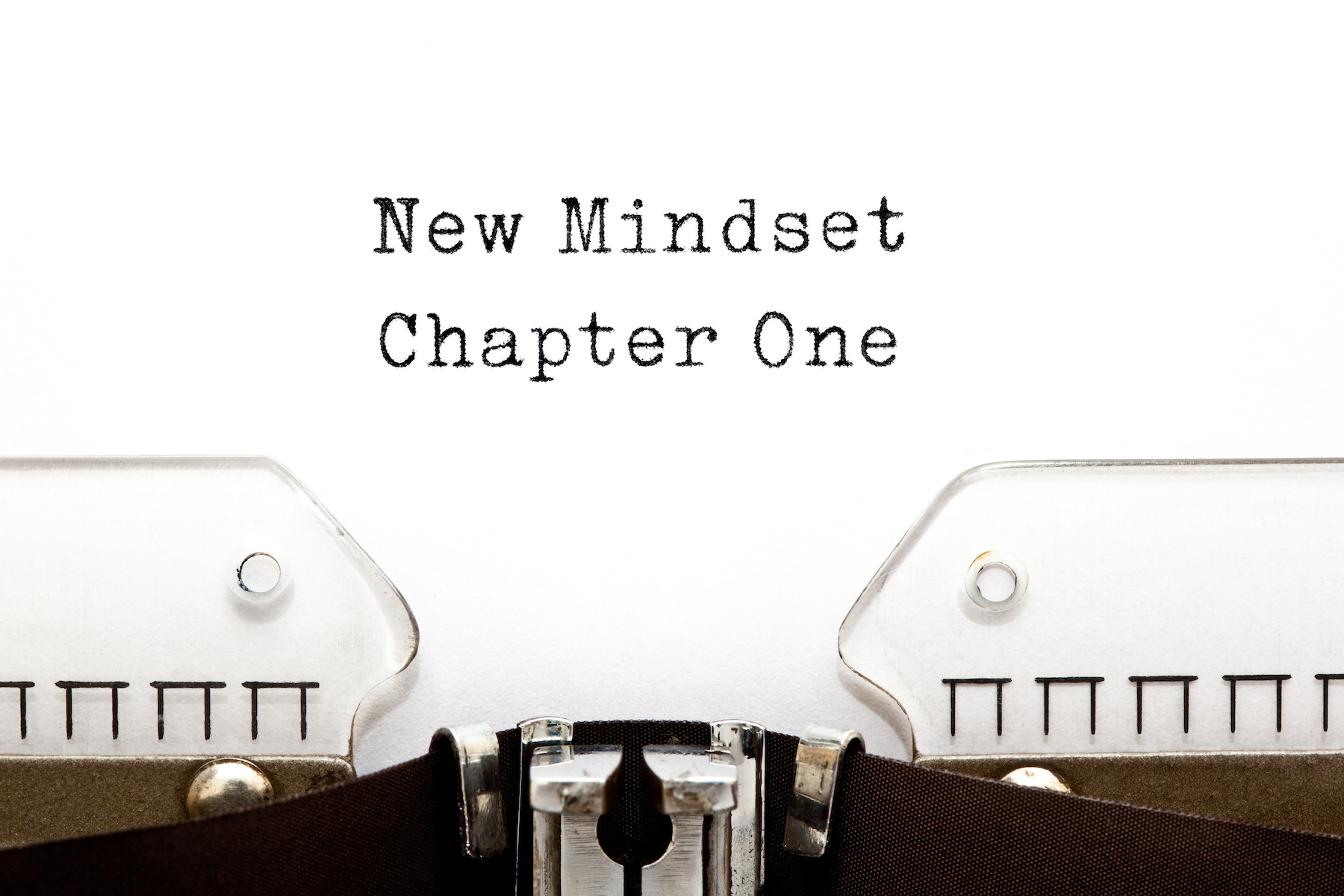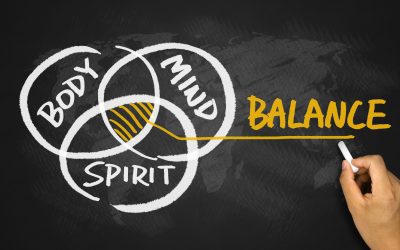What is meditation?

MAKING THE CASE FOR THIS DEVASTATINGLY SIMPLE, TOTALLY ACHIEVABLE, MODERN YET ANCIENT MENTAL HEALTH PRACTICE
Meditation is a tool for the mind, just as a barbell is a tool for the muscle or a treadmill is a tool for cardiac training. Or a spatula to cake batter, and a steak knife to steak, for that matter…
The goal for a meditation practice is directing the focus of the mind and quieting a narrative of thoughts that is often generated from the ego’s perspective, or from somewhere in the past or future. The actual practice of meditation happens one moment after another – some moments are quiet and calm, while other moments are spent redirecting focus from whether you’ll have a burrito or a bowl for lunch today back into the breath.
No one starts training for a marathon by running 26 miles.
No one starts playing piano with the sheet music of Piano Sonata No. 29 in B-flat major by Beethoven.
No one starts practicing medicine after one class of advanced molecular biology.
No one finishes a Pulitzer Prize winning novel in their first writing class.
On the other hand, there is an extremely high potential of experiencing relief from stress and biologically calming your nervous system after one single meditation practice — which then increases the potential we all have to function more fully as human beings.
Babies learn to walk in order to evolve and grow as a human. We learn to meditate for the exact same reasons. Both take practice. Again, meditation is simply one present moment experience after another.
Yoga Sutra 1.14:
The practice becomes firmly established when it is consistent over time, without interruption, and with a quality of positive attitude and eagerness.
MAYBE I TRIED IT AND JUST DON’T WANT TO LEARN HOW TO PLAY PIANO
I get it. That’s how many of us ‘feel’ about meditation…
Or maybe the piano was out of tune and made you sound awful and the sheet of music was too hard and the teacher’s breath smelled they just ate a 5 day old tuna sandwich and instead of bread they used an old gym sock found in the bottom of their closet.
Or maybe you didn’t know about proven research on meditation that helps with any number of health issues you might be experiencing, such as:
- Reducing stress
- Anxiety
- Increasing memory and focus
- Lowering blood pressure
- Cardiovascular disease
- Improving emotional regulation
- Enhancing treatment for addiction
- Better sleep
- Insomnia
*Learn more about the research in this rapid-fire research post on the Practice Blog.
Maybe you didn’t know that walking in nature, without headphones without talking, and tuning into your surroundings, is a form of meditation. It’s focussed awareness, it’s regulating your nervous system and your emotions, it clears your head after that annoying text you just got from you worrisome mother…
Maybe you didn’t know that just sitting on the ground and following a breath practice for 90 seconds is a form of meditation – it’s focused attention, regulates your nervous system and your emotions, and clears your head for that big presentation coming up this afternoon…
Maybe you haven’t found the right meditation practice. Maybe you haven’t found the right teacher. (Hi! Nice to meet you, let’s talk…)
OKAY FINE. HOW DOES IT WORK?
Well, in the first 10 seconds we settle in with a few deep breaths… and then immediately, our mind is like, ‘What do I want for lunch today? Why can’t I stop swallowing? Why did I say that weird thing to my coworker in the Kitchen last week? I wonder if she told someone else what I said…?
Yes, the goal is to clear our mind – and yes, it feels like trying to empty a swimming pool with one of those tiny espresso cups that you can’t even fit your finger into the handle.
Just take another deep breath and dip that cup right back into the pool.
Because here’s the actual deal. The more you practice meditation, the more comfortable it becomes. If you simply start with a one minute breath practice, that is meditation. If you practice daily, eventually that one minute will turn into 3 minutes, then 5 minutes daily and so on.
“I’ve failed over and over and over again in my life and that is why I succeed.”
THE 31 flavors for your mind’s tastebuds
There are many types of meditation that have nothing to do with dressing like a Tibetan monk and sitting on a mountain top. Some examples include:
- Guided meditation listening to a teacher’s voice,
- Silent meditation,
- Walking meditation in nature,
- Mantra meditation,
- Transcendental Meditation or ‘TM’,
- Loving kindness meditation,
- Body scan or awareness meditation,
That simple breath meditation very well may be the path to exploring other types of meditation.
THE TRY TRY AGAIN SUTRA
The yoga sutras teach us the importance of consistency, dedication and persistence, in order to become deeply rooted and transformative. This brings about the notion of respect from this particular sutra, it’s about the gradual development, it’s not about momentary effort or quick results.
Once again, this ancient text is practiced by professional athletes, musicians, and countless experts of countless jobs. The belief that you can’t meditate or that it doesn’t work is unfounded after one try or for one week or with only one type of meditation.
The functionality of the mind, body and spirit is exquisitely engineered to work in harmony. In most cultures, we have been conditioned to engage distractions and fill up our calendars and our minds with multi-tasking. And how’s that workin’ for us? The rise of mental health awareness answers that question.
Yoga re-orients us to the fundamental wisdom of body, mind and spirit from a commercial tagline back to just common sense – meditation is a balanced, healthy practice of the mind, like vegetables are better for your body than double chocolate mint brownies. No offense to DCMB, they’re my fav!!!…they’re just not biologically healthy for our bodies everyday, as we know stress, lack of sleep and anxiety aren’t biologically healthy for our brain and body…
We are re-learning the natural integration of body, mind and spirit through the tools of meditation and breath and Asana – within the vast wisdom of the yoga sutras.
And it’s time for that scratch on the vinyl that keeps skipping and repeating “it takes practice”.
You got this! Ready to step up to the plate and take another swing? Check out the research here if more curious now than you were at the beginning of this post.
Practicing Perspective: A Bedtime Story
Mind says “Go this way, hurry up!”
“You can’t.
You don’t know.
You’re not that. This is the truth.” Mind chatters.
What is Practicing Perspective?
It’s the white foamy stuff that can snuff out the dumpster fire in your body set by cortisol.
Perspectives are not only seen with the eye, they are also held in the mind; they’re often even deeply rooted beliefs. So practicing perspective is an activity of…
Cognitive Behavioral Therapy and the Yoga Sutras
As we look closely at one of the more common methods (practices) of psychology being Cognitive Behavioral Therapy (CBT), we can find a significant amount of overlap with Yoga.


